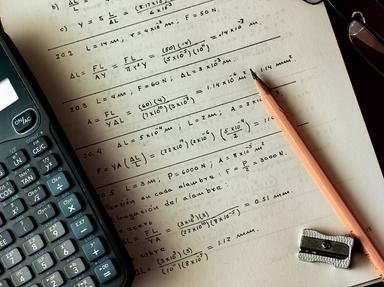Quiz Answer Key and Fun Facts
1. I have a pattern that starts with 1,9,25,49...and so on, which of the following numbers will not appear?
2. Which of the following does not fit in the pattern: 1,8,27,64...?
3. Which number will not appear in the pattern: 2,3,5,7,11...?
4. Is it correct that 33 will not appear in the pattern: 1,1,2,3,5,8,13...?
5. Which number will not appear in the pattern: 0,3,8,15,24...?
6. Which of the following is a number that cannot be a part of a binary number pattern?
7. Which number will not appear in the pattern: 1,2,4,7,11,16...?
8. Which number will not appear in the pattern: 1,2,6,15,31...?
9. Does 225 belong to the pattern: 4,9,25,49,121,169...?
10. Finally let's look out for a binary series. Tell me which of the following will not come in first ten terms of the pattern: 0,1,10,11,100,101...?
Source: Author
The_Rubiks
This quiz was reviewed by FunTrivia editor
WesleyCrusher before going online.
Any errors found in FunTrivia content are routinely corrected through our feedback system.
